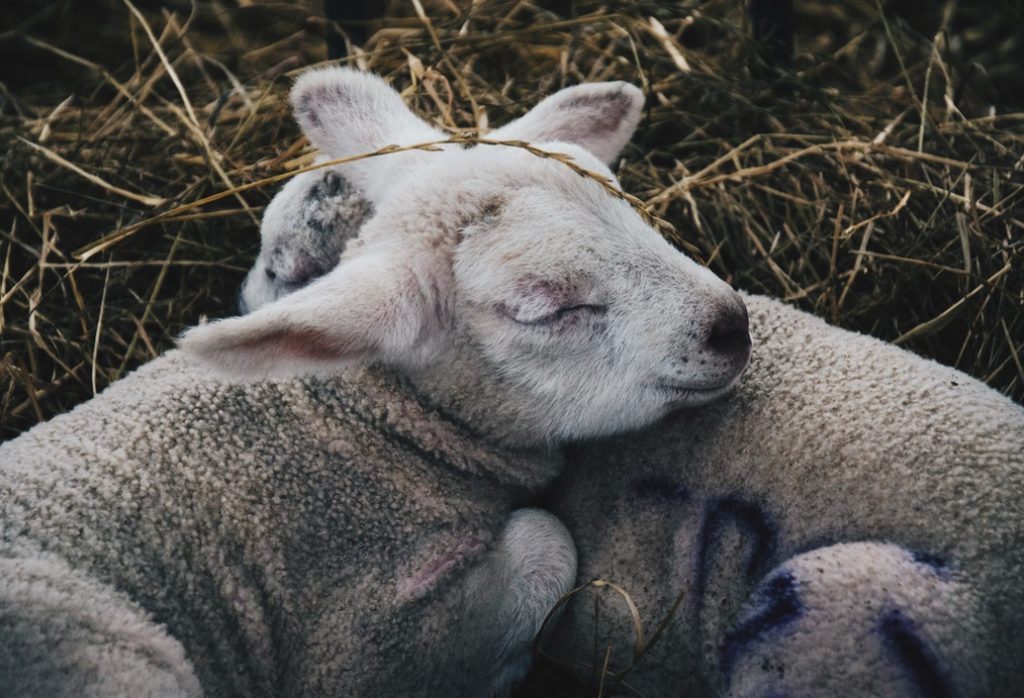Hygiene At Lambing
5 April 2019Good environmental hygiene at lambing time is paramount in reducing losses through infection such as watery mouth, joint ill and scours. These infections are caused by bacteria entering the lamb either through, ingestion, the navel and tailing or tagging wounds, many of which can be prevented by good hygiene.
As lambing progresses, the build-up of bacteria in the shed will increase unless strict hygiene is being carried out. Meaning, second cycle and later born lambs will be born into a more challenging environment.
Tips to reduce bacteria build up:
- Have a hand washing facility with hot water in the lambing shed for cleaning hands, overalls and equipment.
- Dip the entire navel in iodine as soon after birth as possible and then again 6 hours later.
- Keep the iodine container clean. While dipping navels, bacteria, straw and faeces will enter into the solution. When the iodine gets low, empty it out, clean the bottle and refill it – rather than continually topping it up.
- Dip tagging and castration equipment in surgical spirit before each use.
- Store castration rings in a tub with antibacterial powder.
- Ensure belts/tubs/boxes used to hold tagging and tailing equipment are regularly cleaned and disinfected.
- Store stomach tubes in sterilising solution e.g. Milton between use.
- Ideally clean and disinfect all individual pens between occupants. If this is not possible, then use an antibacterial powder that can be applied to the previous occupant’s straw along with plentiful clean dry straw on top.
- Ensure pens are kept clean and dry with plenty of bedding at all times.
- Site isolation pens in a dedicated area for any sick ewes or lambs.
- Crutch ewes one month pre lambing, this will avoid lambs ingesting dirt when searching for the teat.
Finally, colostrum is key, it is an essential element of preventing lamb mortality, by providing energy and nutrients, helps to maintain body temperature, and allows for antibodies which form the lamb’s passive immune system. Ensure all lambs get 50ml/kg within the first 6 hours, and a total of 210-290ml/kg in the first 24 hours after birth.
Hygiene is crucial for lamb survivability in house and at grass. If areas and equipment are not clean and disinfected then there is a higher risk of infection Hygiene is an area that does not cost a lot to keep on top of, attention to detail is vital.
Kirsten Williams, kirsten.williams@sac.co.uk
Sign up to the FAS newsletter
Receive updates on news, events and publications from Scotland’s Farm Advisory Service

